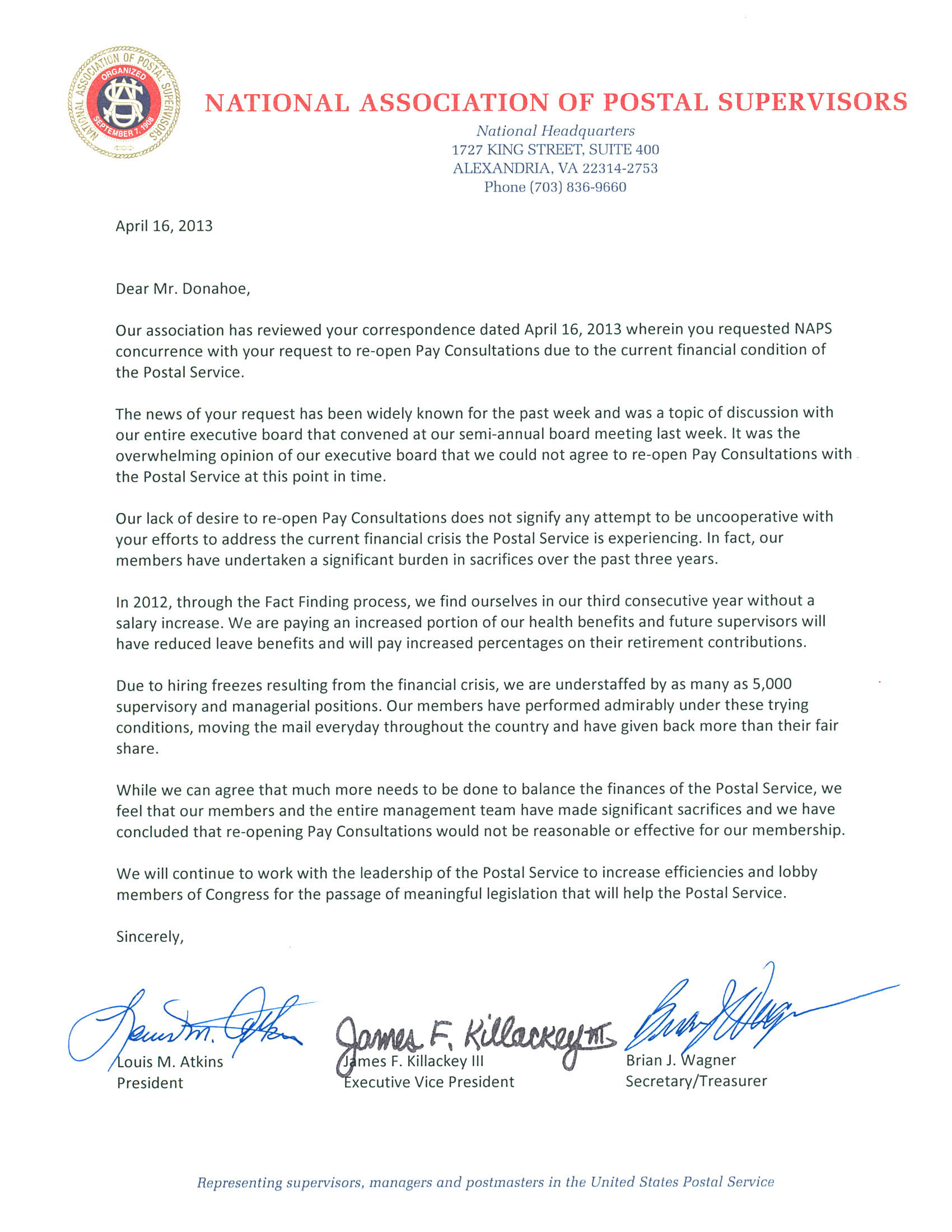My Grandson, Marco and I
- in Events
Go-ooo Mets!
 |
 |
A VIEW FROM THE BRIDGE





![]()
WASHINGTON – A spending measure passed by the House on Wednesday to keep the government operating through September requires that the Postal Service maintain a six-day mail delivery schedule, a potential setback for the agency, which announced last month that it planned go to five-day deliveries to cut costs.
The legislation passed the House 267 to 151, with 137 Democrats voting against it. The measure now moves to the Senate.
Faced with billions of dollars in losses, Postal Service officials said last month that beginning in August the service would stop delivering mail on Saturdays, though it would continue to deliver packages on a six-day schedule. The agency said cutting Saturday delivery would save about $2 billion a year.
The agency lost about $15.9 billion last year, partly the a result of a 2006 law requiring it to pay about $5.5 billion into a health benefits fund for its future retirees. A drop in mail volume has also hurt the agency’s finances.
The move to end Saturday mail delivery was widely condemned by some lawmakers, unions and postal customers.
After the House voted to pass the spending measure, Representative José E. Serrano, Democrat of New York, said the legislation made clear that Congress’s intent was for the Postal Service to continue to delivery mail on Saturdays.
The post office said last month that it had the authority to end mail delivery on Saturdays because the spending measure passed last year did not explicitly include the postal provision.
On Wednesday, Mr. Serrano said that issue had now been resolved.
“The continuing resolution is clear: there will be six-day delivery for the rest of the fiscal year,” Mr. Serrano said. “Earlier this year the Postal Service announced they thought they had legal authority to end Saturday delivery. That analysis was wrong, but now there is no room for misunderstanding.”
Postal Service officials did not respond directly to the House vote. But in a statement, a spokesman for the agency said the decision to end Saturday delivery was “a responsible and reasonable approach to address our urgent financial situation and America’s changing mailing habits.”


Wednesday – 12/5/2012, 2:00am EST
By Mike Causey
They say there is something about a uniform.
That’s especially true if the wearer works for the U.S. Postal Service, and especially during the health-insurance hunting season that ends next Monday.
As many people know, if you are in a mixed federal marriage — he’s a letter carrier, she’s with the IRS — it is important who buys the health insurance. While the choice of plans and the coverage are the same wherever you work, the premiums aren’t. There is a big-time difference in what most federal workers pay compared to what all postal workers pay.
If they’ve done their homework, the spouse with the USPS will purchase the family plan saving them a lot of money. They can save even more by picking the best plan for their known health needs, plus the best plan in case they have a catastrophic illness or accident in 2013.
The federal health program (FEHBP) is the ultimate group plan. Up to a point.
People in the same plans pay the same rates and get the same coverage whether they are young and healthy, middle aged with kids or older and retired. Age, sex, lifestyle and preexisting conditions are not a factor in the federal health plan. The Open Season, when people can pick their plan for the upcoming year, ends Monday.
But some people in the FEHBP pay more than others for the same coverage. Example:
Thanks to their union contracts with the U.S. Postal Service, the annual family premium for Kaiser standard, a top-rated HMO, is $1,720. For Blue Cross-Blue Shields popular basic plan, it is $2,370.
Feds who work for other agencies will pay $2,610 for the Kaiser standard option and $3,600 for the Blue Cross basic plan.
For most federal workers, the government picks up about 70 percent of the total premium. What they pay every two weeks is only a portion of the total tab. But in the USPS, the government pays a lot more for the health needs of its workers. Once retired, postal workers pay the same (higher) share of premiums as non-postal workers.
The U.S. Postal Service wants to set up its own, stand-alone health plan. It has said it could save money and provide the same good coverage as the FEHBP. But postal unions — and many experts in the health insurance field — don’t see how that would work.
And there is one group that pays even more. In many cases, these are people who never worked for the government but are eligible, via a court-ordered divorce settlement, to get coverage under the FEHBP. It’s considered the best health program in the company but if you pay the full premium it is very, very expensive.
Next year the family premium for someone who must pay the full premium will be $10,430 for Kaiser standard — the lowest cost plan in the FEHBP — and $14,390 for Blue Cross basic.

 From left: Robert Longo, Fred Demaso, Carmen Fede, Pat Donahoe, Frank Calabrese, John Tanna & Tommy Roma
From left: Robert Longo, Fred Demaso, Carmen Fede, Pat Donahoe, Frank Calabrese, John Tanna & Tommy Roma

NAPS HQ held its first Post NAPS/USPS Consultative Executive Board teleconference to review and discuss the responses from the USPS regarding NAPS’s November 14 2013 NAPS/USPS Consultative agenda items. President Atkins briefed the Executive Board on the following agenda items. (Note: November 2012 Consultative Minutes will be sent to Executive Board)
1. The status of the recommendations of the Fact Finding panel pertaining to eight EAS positions under review for potential upgrades.
2. An update on the current closure and consolidation plan of plants for 2013 & 2014.
3. Current status of the new SWCs model being implemented to the field.
4. NAPS would like an update on the remaining impacted employees in the field.
5. NAPS would like an update on the posting of vacant positions in the field.